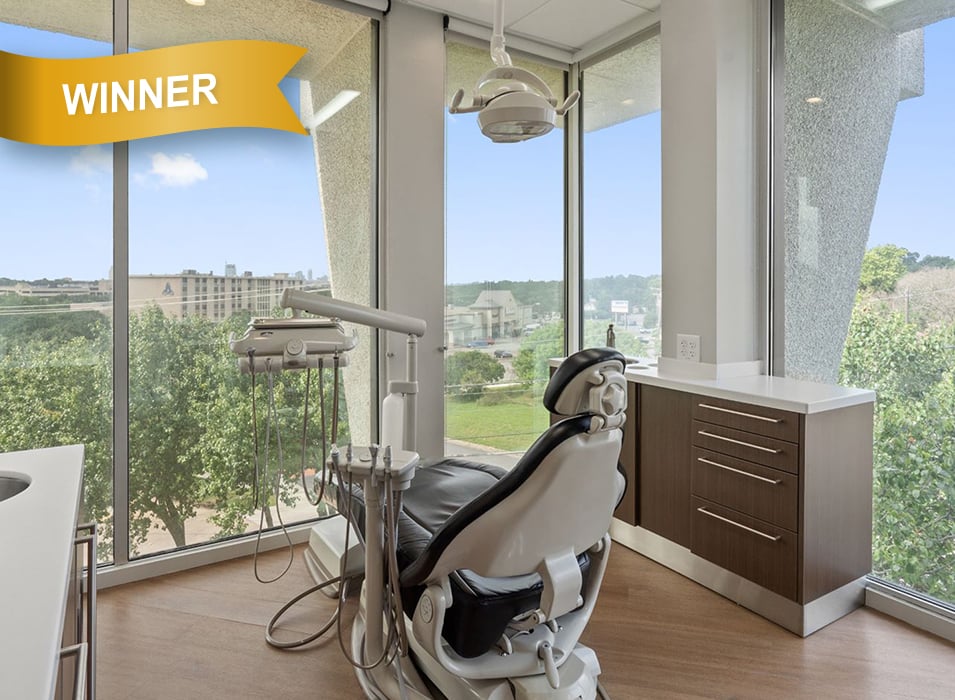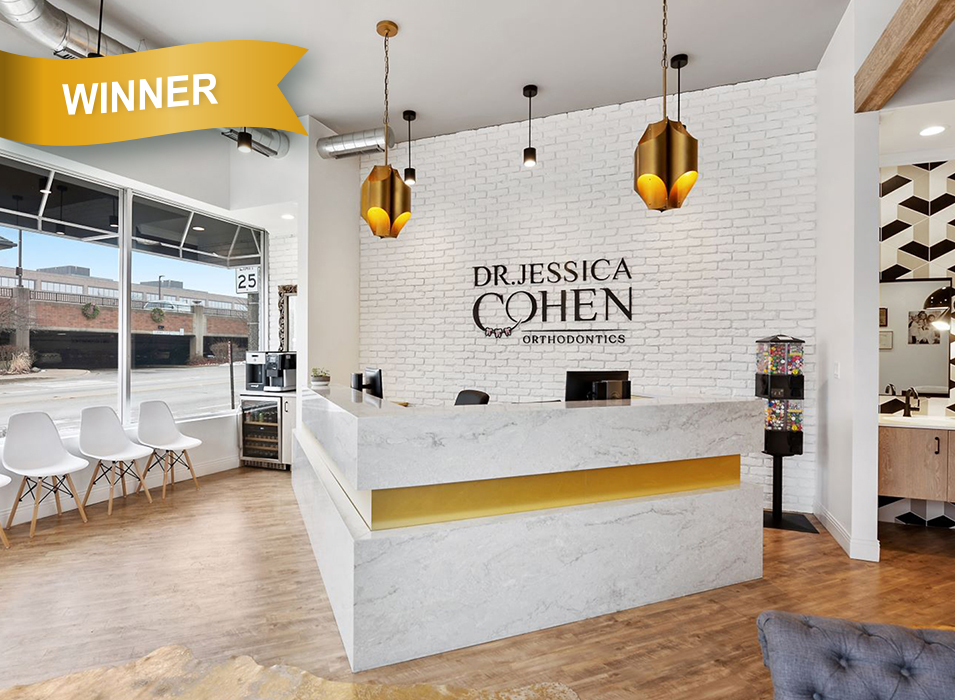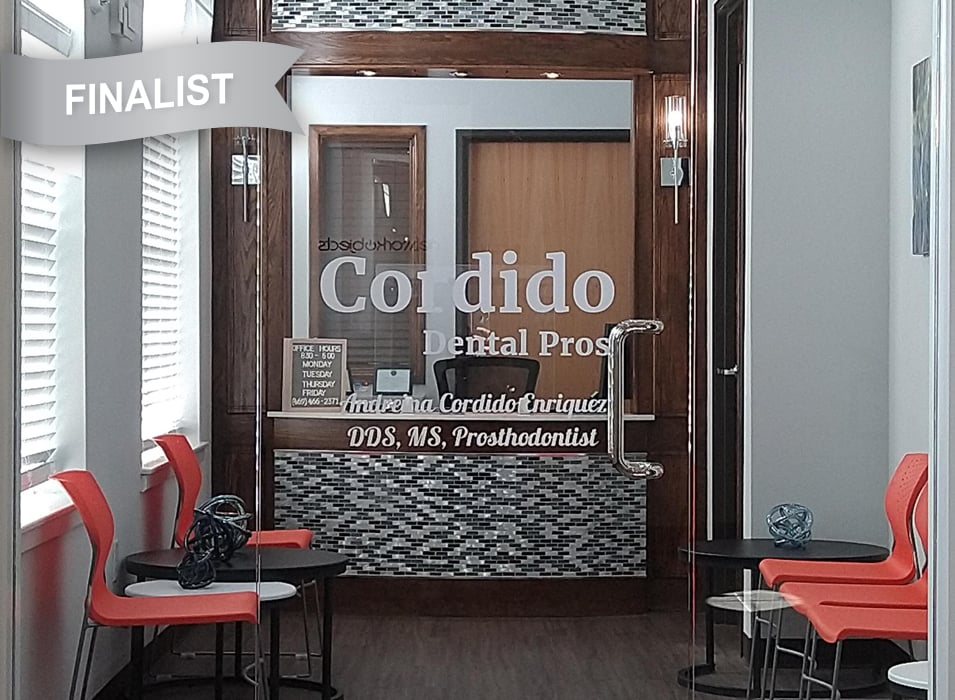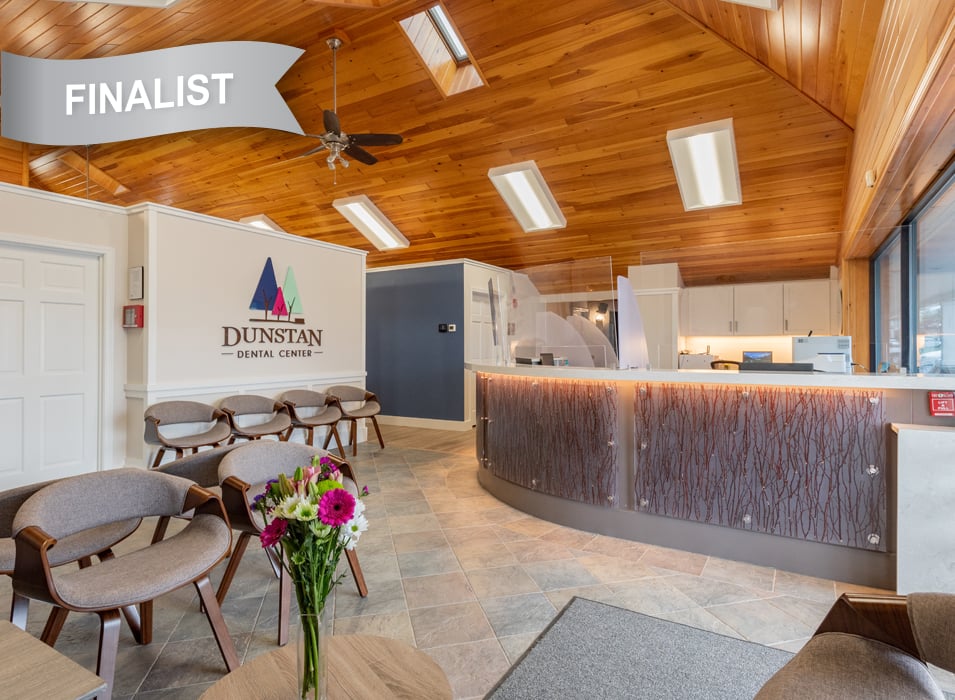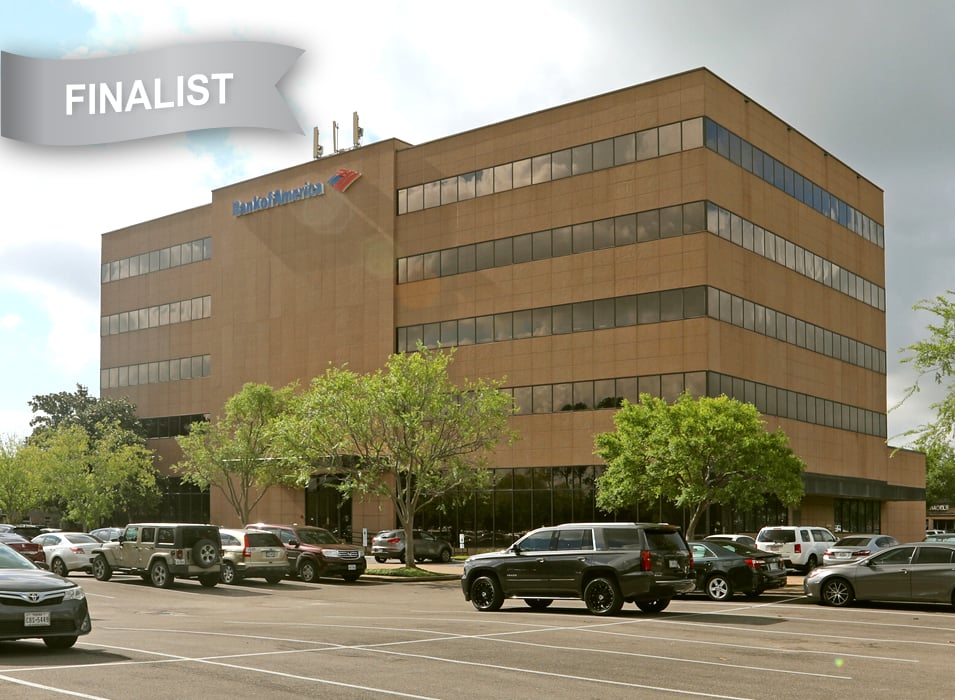Am I ready to open a second dental practice location?
By: Michael Jerkins, M.D., M.Ed., president and co-founder of Panacea Financial

Michael Jerkins
M.D., M.Ed
About Michael
Michael is the president and co-founder of Panacea Financial and is also a practicing physician in Little Rock, Arkansas. After earning his B.B.A. in economics he deferred his medical school acceptance to teach middle school science in the Phoenix area while also earning his master’s in education from Arizona State University. He then completed medical school at the University of Tennessee Health Science Center before finishing his residency at University of Cincinnati Medical Center and Cincinnati Children’s Hospital. With a faculty position and board certifications in both internal medicine and pediatrics, Michael is able to treat patients of all ages and teach medical trainees in both inpatient and outpatient settings.
Opening a second dental practice location can be a great opportunity to serve more patients, increase profit, and customize a new space, but it can also come with risks. In addition to financial considerations, an expansion can also represent a significant time commitment. Thoughtful analysis, research, and deliberation are necessary to making this decision. Here are key considerations before you decide to open a second practice.
Evaluate practice financial performance
The first step in considering an expansion is reviewing your current practice’s financial performance. This should include relative financial statements, business tax returns, and interim profit and loss statements if applicable.
Also consider:
- Is there still room to grow within your current space and setup?
- Are the current operatories being used at full capacity or beyond?
- Are extended office hours (e.g., evenings and/or Saturdays) being offered?
- Would it make more financial sense to invest in a consultant and marketing to increase revenue in the existing practice?
- Is the current practice performing well enough financially to support a second location, especially if it is a start-up?
Decide between buy vs. start
Purchasing an existing practice
Purchasing an existing dental practice is typically a smoother path to expansion than building one from scratch. Although buying an established practice is typically the more expensive alternative, in most cases, it ultimately proves to be well worth the investment. Advantages include:
- Turn-key operation with an immediate patient base and cash flow
- Experienced staff already in place
Learn more in “A Dentist’s Guide to Acquiring a Practice”
Starting from scratch
A prospective borrower may consider opening a second location from the ground up to allow for greater customization in design, staffing, location, and more. However, this path comes with challenges including:
- The existing practice will be further stressed and leveraged, which could potentially put a strain on cash flow.
- A new practice must be built, staffed, and developed from the ground up.
Consider time and stress
Expanding into a second location means a significant time commitment and increased stress. It is not a passive investment; it will require your full attention.
Ask yourself:
- Are you willing to give up valuable discretionary time in your life, especially if you are older or have a family?
- Can you handle the stress of managing two locations?
As a current practice owner, you know that just one practice requires time, effort, patience, resources, and management. Expanding into a second location doubles these investments.
Delegating responsibilities can help alleviate stress and avoid common issues, but you will still need to devote valuable amounts of time to monitoring the operations at the second location to ensure processes and procedures are being appropriately followed.
This is why many owners pursue a second practice location only to find it is more challenging than they had anticipated or simply not complementary with their current lifestyle. If not executed properly, a second location can negatively impact your quality of life.
Review staffing and operations
Purchasing an existing practice means you will likely already have experienced staff in place, but if you plan to start your second location from the ground up, you will need to have a staffing plan in place. Maintaining a strong staff is challenging enough in one location, so the challenge doubles once you open a second location.
This change will invariably affect production at the first practice location, as it is literally impossible for an owner to be producing dentistry in more than one place at the same time. This is why it is important to have a dependable, loyal associate dentist on your team.
Having an associate dentist will help you ensure both locations are maximally productive. Offering ownership interest to this associate can be used as a retention strategy to keep them dedicated and vested.
Ultimately, the success of the second location and the organization as a whole relies imperatively on having key support staff in place along with a reliable, dedicated, and productive associate seeing patients at one location while you are working at the other. The goal should be to completely eliminate any negative impact to the existing practice, so a full and accurate assessment of staffing needs every step of the way is critical.
Assess key performance indicators
Use key performance indicators (KPIs) to evaluate your existing practice to assess your practice’s growth, profitability, and overall stability in the context of building a profitable second location.
1. Practice production
Production is one of the most fundamental KPIs to consider when evaluating the overall financial health of a practice. Without production, there can be no revenue. Consider factors like production per patient and case acceptance.
2. Active patient count
Active patients are those who have been seen in a practice within a defined set amount of time, (typically the past 12 to 18 months). While total patient records may be very high, a practice is only producing revenue on patients who actually come into a practice for treatment. Hence, the active patient base is responsible for the ongoing cash flow to a practice.
3. New patients and patient attrition
Your dental practice’s patient base likely decreases each year, due to patients relocating, dying, patient changes in insurance coverage, or numerous other reasons. To continue to grow, practices need to replace patients. If a practice isn’t replacing patients and growing, it’s probably not a prudent business decision to open a second location.
4. Practice collections
Production is very important, but it only really matters if a practice is actually collecting on said production. Collections percentages can be calculated by dividing a practice's total collection by the total adjusted (net) production. If collection percentages are not to the level where they should be, you should evaluate specific business processes to see where improvements can be made.
5. Overhead
Overhead can be a killer for a business in any industry, and it’s no different for dentistry. Any excess money spent on overhead is money that isn’t going towards a practice’s profits or ultimately into your pocket as the owner.
The saying goes, “you must spend money to make money,” and that rings true with expanding a dental practice. If you decide to add a second location, you are also adding more overhead, including paying more staff (one of the biggest portions of practice overhead), buying more supplies, and paying utilities at a second location.
6. Practice profit
Profit is a clear frontrunner when it comes to KPIs, as it combines the success of both collections and production, as well as overhead. Use Seller’s Discretionary Earnings to understand the profitability and overall health of your practice.
Seller’s Discretionary Earnings = EBITDA + add-backs + doctor’s compensation
7. Cost of expansion
If collection rates are high, profits are strong, and your current practice is thriving, you should still consider how much of that profit is to be invested into a new practice location rather than into your pocket. Can the current practice support the costs of starting a new practice, and still generate an acceptable level of profit for you and for the bank looking to finance the second location?
It can cost up to $600,000 on average to start a new practice location from scratch. Purchasing an existing practice will cost even more, including funds needed for renovations, upgrades, and technology updates.
Expanding your dental practice
Ultimately, there is no one set metric or number that triggers the go-ahead to expand to a second location. Ensure you have a comprehensive understanding of the overall health of your existing practice before making the decision to expand to a second location.
If you decide to expand, choosing the right financing option for your needs can help make the process a little easier. With the right planning and banking partner, your new dental practice can achieve its full potential.
If you are looking for the right financing partner for your expansion, equipment update, or any other practice need, Panacea Financial is ready to help! Accelerate your practice through specialized credit structures, competitive pricing, and experienced advice from the bank built for doctors, by doctors. ADA members receive exclusive benefits—$0 origination fees and a 0.25% interest rate discount on all practice loans.1
1 - 0.25% rate discount for Panacea Financial Practice Loans: Terms and conditions apply. Offer good for practice financing customers only and subject to lender approval. To receive the offer, you must meet Panacea Financial underwriting criteria and be an ADA member. Offer good for new customers only. Offer cannot be combined with any other offers, except any discount for making automatic payments. Offer subject to change. Panacea Financial is a division of Primis Bank. Member FDIC

